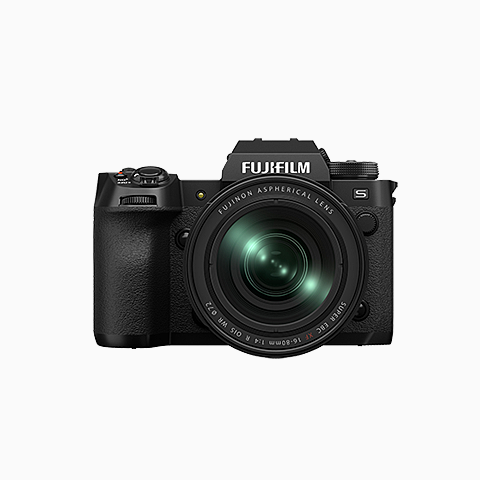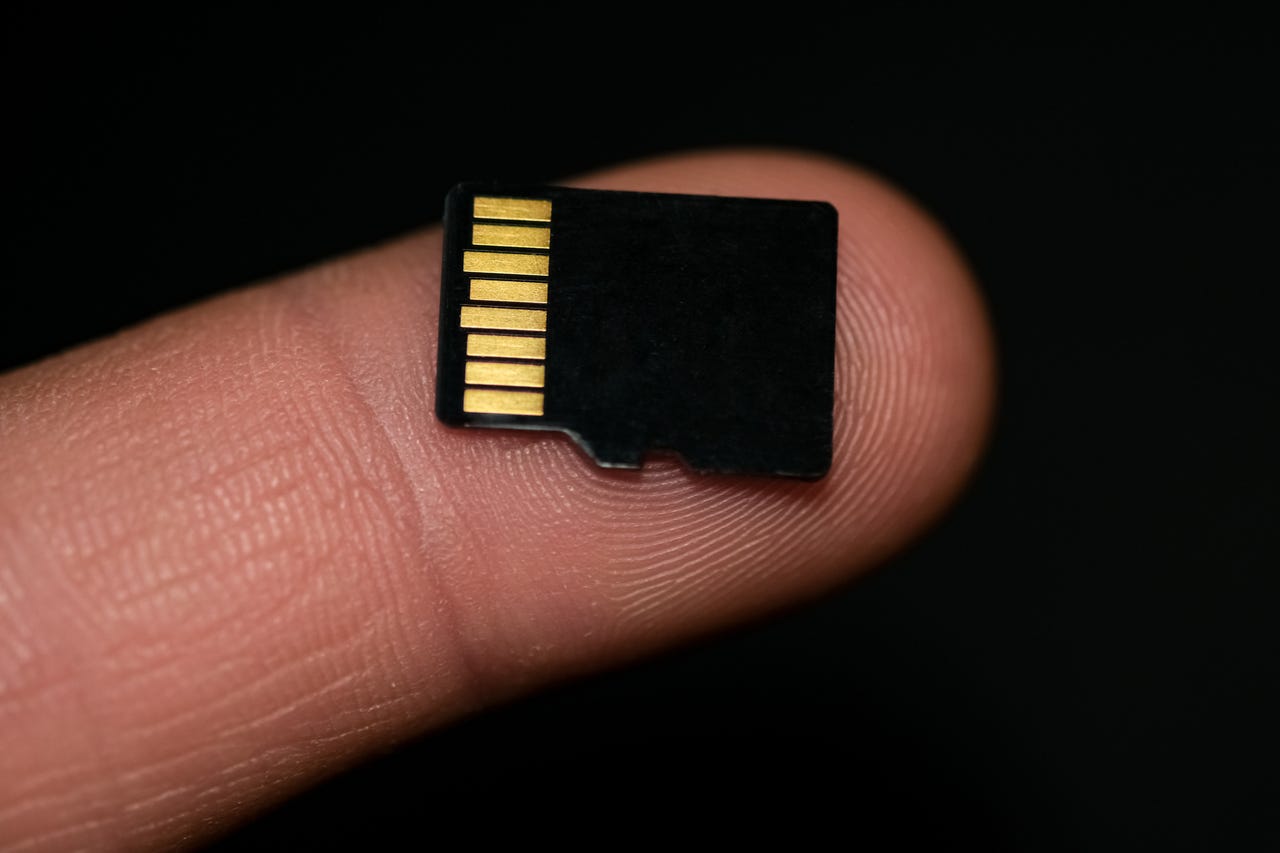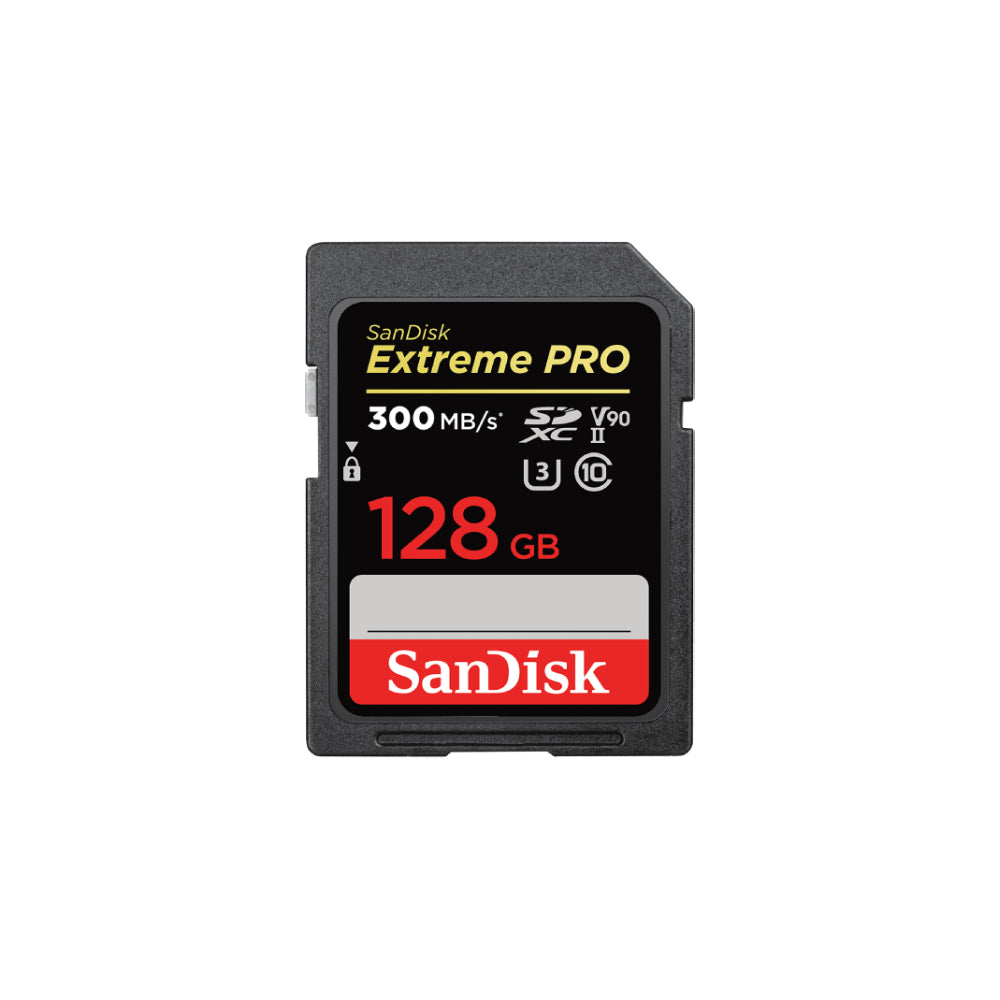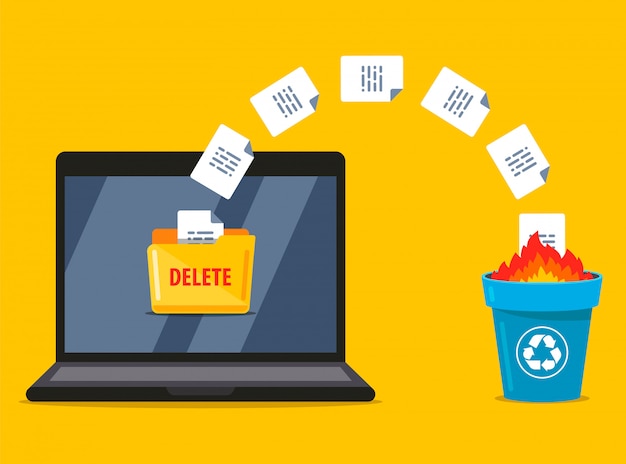
Image Source: FreeImages
## Introduction to SD Cards
The era of digital storage has seen a significant evolution over the years. From large floppy disks to compact flash drives, digital storage mediums have undergone radical transformations. Among these storage devices, SD cards, or Secure Digital cards, have become a popular choice for many. These tiny cards, often no bigger than a postage stamp, are portable and versatile, and they have become an integral part of our digital lives. Whether it’s for transferring photos from your digital camera, storing your favourite songs, or expanding your smartphone’s storage capacity, SD cards play an important role.
However, like any other digital storage medium, SD cards also have their limits. They can fill up, slow down, and even get corrupted. This is where the need to clear, or format, your SD card comes into play. It’s not just about reclaiming space; it’s also about maintaining the health and efficiency of your card.
Before we delve into the step-by-step guide on how to clear your SD card, let’s first understand why this is important.
Importance of Clearing Your SD Card
Clearing your SD card regularly is crucial for several reasons. Firstly, it helps free up storage space. Over time, SD cards can become cluttered with unnecessary files and duplicates, leaving less room for new data. Clearing your card will remove these redundant files and make room for new ones.
Secondly, clearing your SD card can improve its performance. A cluttered card can cause your device to slow down, leading to a frustrating user experience. By clearing your card, you are essentially decluttering it, which can help your device run more efficiently.
Lastly, clearing your SD card can help prevent data corruption. Over time, files on your card can become corrupted, leading to data loss or damage. Regularly clearing your card can help mitigate this risk.
Precautions before Clearing Your SD Card
Before we dive into the process of clearing your SD card, it’s important to take some precautions. Remember, clearing your card will erase all data stored on it. Therefore, it’s crucial to back up any important data before you proceed.
Firstly, ensure that you have a reliable backup of all the important files stored on your SD card. This can be done by transferring the files to your computer or cloud storage.
Secondly, make sure your device’s battery is sufficiently charged. The clearing process can consume a significant amount of power, and you don’t want your device to shut down midway.
Lastly, ensure that your SD card is properly inserted into your device. This will prevent any potential damage to the card or the device during the clearing process.
Step-by-Step Guide to Clear SD Card
Clearing your SD card is a straightforward process and can be done on any device that supports SD cards. Here’s a step-by-step guide on how to clear your SD card.
- Insert your SD card into your device.
- Navigate to the ‘Settings’ menu on your device.
- Look for the ‘Storage’ option and select it.
- You will see a list of all the storage devices connected to your device. Select your SD card.
- Select the ‘Format’ or ‘Clear’ option. This will erase all data on your SD card.
Remember, this process will erase all data on your card. Make sure you have a reliable backup before you proceed.
How to Recover Deleted Data from SD Card
Accidentally deleted some important files while clearing your SD card? Don’t panic. There are several data recovery tools available that can help you recover your lost files. One such tool is RecoveryMaster, a robust data recovery software for Windows and Mac. It can recover lost or deleted photos, videos, and over 1000 other file types from various devices including HDD, USB, SD Card, crash computer and more.
To use RecoveryMaster, simply download and install the software on your computer. Then, connect your SD card to your computer and launch the software. Select your SD card from the list of available devices and click on ‘Scan’. RecoveryMaster will then scan your card for any recoverable files. Once the scan is complete, you can preview and recover your lost files.
Tips for Efficient SD Card Usage
Maintaining the efficiency of your SD card is not just about clearing it regularly. It’s also about using it wisely. Here are some tips for efficient SD card usage.
- Don’t overload your card: Try to keep some free space on your card at all times. Overloading your card can slow down its performance and increase the risk of data corruption.
- Use high-quality cards: Not all SD cards are created equal. Make sure you choose high-quality cards from reputable manufacturers. These cards are designed to last longer and are less likely to experience issues.
- Handle with care: SD cards are delicate and can easily get damaged. Handle them with care and avoid exposing them to extreme temperatures or moisture.
Benefits of Regularly Clearing Your SD Card
Regularly clearing your SD card has several benefits. Firstly, it helps maintain the performance of your card. A cluttered card can slow down your device and cause it to lag. By regularly clearing your card, you can avoid this issue and ensure that your device runs smoothly.
Secondly, regularly clearing your SD card can prolong its lifespan. Over time, files on your card can become corrupted and cause the card to fail. Regular clearing can help prevent this and keep your card in good health.
Lastly, regularly clearing your SD card can help prevent data loss. Over time, files on your card can become corrupted and lead to data loss. Regular clearing can help mitigate this risk.
Common Issues with SD Cards and Their Solutions
Like any other digital storage medium, SD cards can also experience issues. However, most of these issues can be resolved with some simple troubleshooting steps.
- Card not recognized: If your device is not recognizing your SD card, try reinserting the card or restarting your device.
- Slow performance: If your card is slowing down your device, try clearing your card or moving some files to another storage medium.
- Data corruption: If your files have become corrupted, try using a data recovery tool like RecoveryMaster to recover your lost files.
Professional Services for SD Card Maintenance
If your SD card is experiencing serious issues, it might be time to seek professional help. There are several professional services available that specialize in SD card maintenance and data recovery. These services can help diagnose and fix the issue, and can also help recover lost data.
One such service is RecoveryMaster, a robust data recovery software for Windows and Mac. It offers comprehensive data recovery solutions for various devices including HDD, USB, SD Card, crash computer and more.
Conclusion
SD cards are an integral part of our digital lives, and it’s important to maintain their health and efficiency. Regularly clearing your SD card can help improve its performance, prolong its lifespan, and prevent data loss. If you’re facing issues with your SD card, don’t hesitate to seek professional help. Tools like RecoveryMaster can help recover lost data and keep your SD card in top shape. Remember, a healthy SD card is key to a smooth and efficient digital experience.




Leave a Reply